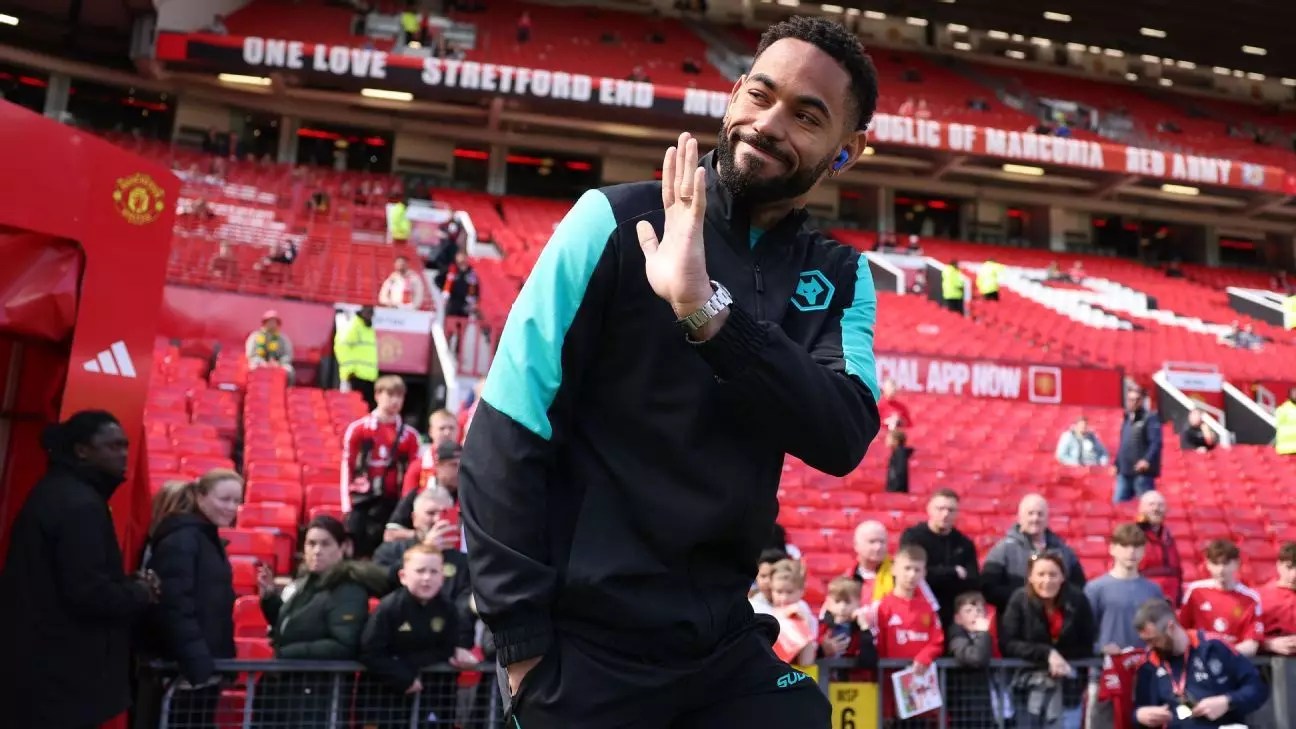The January transfer window has always been a moment of intense scrutiny in the football world, especially in leagues as competitive as the Premier League. The recent figures have taken analysts and fans by storm, showcasing an explosive increase in expenditure up to £370 million—a staggering rise from last year’s £100 million. Manchester City’s own contribution of £180 million has sparked debates regarding the sustainability of such spending patterns. This article aims to dissect the ramifications of these financial dynamics, the strategic implications for clubs, and the potential trends for the upcoming summer transfer window.
The Spending Surge: Impacts and Implications
The pronounced increase in transfer spending, while eye-catching, raises critical questions about the competitive balance within the league. Manchester City’s massive investment heavily influences the market, often leading to inflation of player values and a tendency for other clubs to scramble for top talent. This spending spree can create an uneven playing field, making it difficult for mid-tier clubs to compete effectively. The financial muscle displayed by a select few clubs increases their dominance and could stymie the dreams of up-and-coming teams striving for glory.
Furthermore, it prompts a reflection on the model of club ownership and financial strategy. With such large sums being exchanged, strategies for risk management become imperative. Clubs need to analyze not just the immediate impacts of a player’s acquisition, but also the long-term benefits or pitfalls, particularly when it comes to development and return on investment.
The Evolving Transfer Window Structure
An intriguing aspect of this year’s transfer window is its division, due to the inclusion of the Club World Cup. Such segmentation introduces a fascinating variable in the transfer strategy. By opening from June 1-10, closing for six days, and then reopening on June 16, clubs will need to exercise a level of foresight not typically required. They must balance the urgency to secure talent with the necessity of making informed, strategic decisions.
This structure may lead to a flurry of early moves, where clubs aim to incorporate new players into their pre-season plans. Teams will have to optimize their approach across two separate phases, possibly prompting more calculated risk-taking during both windows. Clubs that meticulously plan their transfers may gain advantages in terms of player integration and squad cohesion as they ramp up for the forthcoming season.
Evaluating Transfer Grades: A Case for Critical Analysis
The transfer grades assigned to various clubs after the January window illustrate the complexities of player valuations and expectations. For instance, Wolves’ significant investment in Cunha has been met with enthusiasm, especially given his recent performances. His ability to adapt and thrive under challenging circumstances signals that he could become an essential asset. However, it also raises concerns about long-term reliance on a player whose past inconsistencies might rear their head again.
Similarly, the transfer of Huijsen to Real Madrid has highlighted the precarious nature of young talent in a high-pressure environment. While his acquisition comes with excitement, it poses the question of whether clubs are investing too much in youth without sufficient on-field maturity, potentially jeopardizing their futures. Clubs like Bournemouth, while enjoying immediate financial benefits, must assess whether their strategies align with sustainable success.
The Future Landscape: Preparing for the 2023 Summer Window
As the summer transfer window approaches, all eyes will be on how the lessons from January manifest into summer strategies. Given the current financial climate and the changes in the window structure, clubs are likely to approach signings with a more adaptable mindset. Deals might become increasingly strategic, focusing on necessity rather than whim, as teams recalibrate their rosters in anticipation of more streamlined season campaigns.
Furthermore, the introduction of clauses and deals that offer financial rewards while allowing clubs to retain players longer reflects a shift towards more strategic investments. These tactics can lock in potential gains while creating a buffer against the highly unpredictable nature of player performance and market fluctuations. Increased youth signings, coupled with a focus on nurturing homegrown talent, could effectively reshape the player landscape in Europe.
In this evolving football economy, it is imperative that clubs maintain a keen awareness of their financial implications. This awareness may serve as the catalyst for enhanced competitiveness in leagues worldwide, paving the way for emerging giants to challenge traditional powerhouses. As teams begin to clinch elusive talents ahead of the summer, we may witness a transformative shift that revitalizes the competitive nature of football.


Leave a Reply